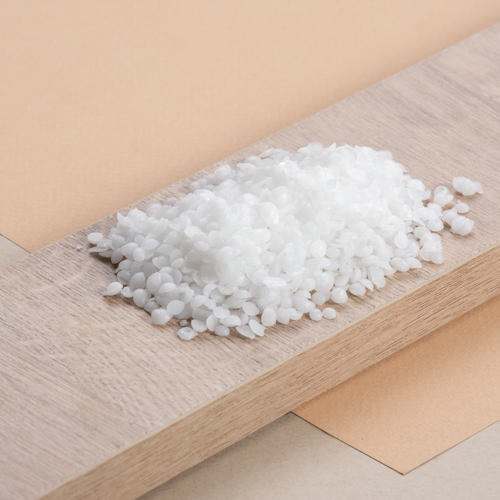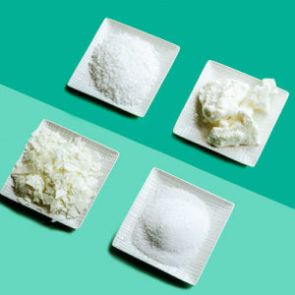The simple answer to this is, soy wax and paraffin wax have very different structures due to their distinct compositions and origins.
Soy wax is derived from soybean oil, a natural vegetable-based oil, and is composed of long-chain fatty acid triglycerides. The structure of soy wax is typically amorphous, meaning it lacks a regular crystalline arrangement of molecules. This gives soy wax a soft and smooth texture, but also makes it more prone to characteristics such as shrinkage, sweating, and frosting in candles.

On the other hand, paraffin wax is derived from petroleum, and its primary composition consists of long-chain hydrocarbon molecules, predominantly straight-chain alkanes. The structure of paraffin wax is typically crystalline, with the long-chain hydrocarbon molecules arranged in a regular pattern, forming a crystalline lattice. This crystalline structure gives paraffin wax its characteristic smooth and glossy appearance, and its ability to hold and release heat effectively.

Both soy wax and paraffin wax have their own unique properties and characteristics that can make them suitable for different applications. Soy wax is often favoured by those seeking a natural, renewable, and eco-friendly option for candles, while paraffin wax is known for its affordability, ease of use, and glossy appearance.
The choice between soy wax and paraffin wax may depend on factors such as personal preference, intended use, and environmental considerations.
HAPPY CANDLE MAKING!




